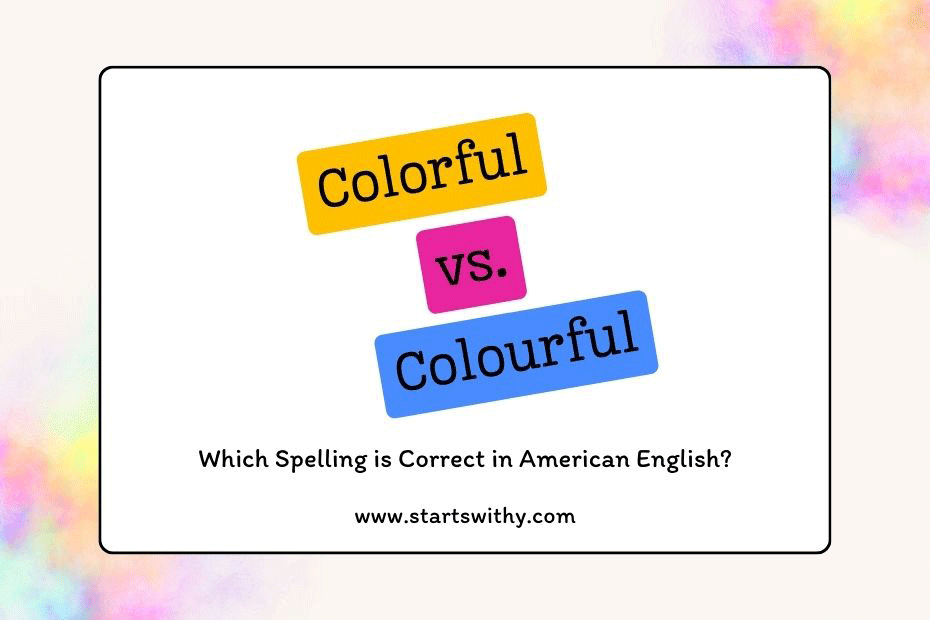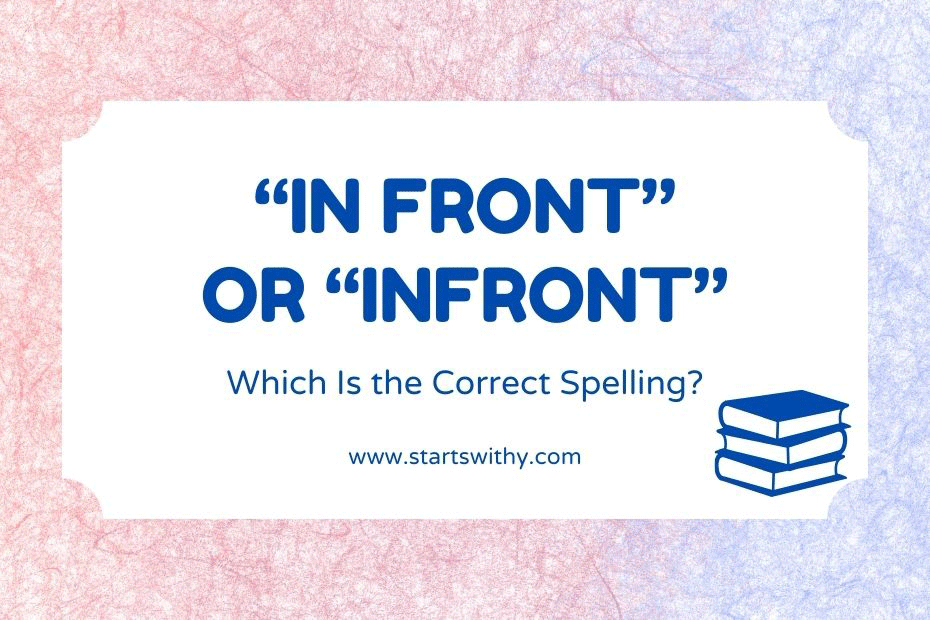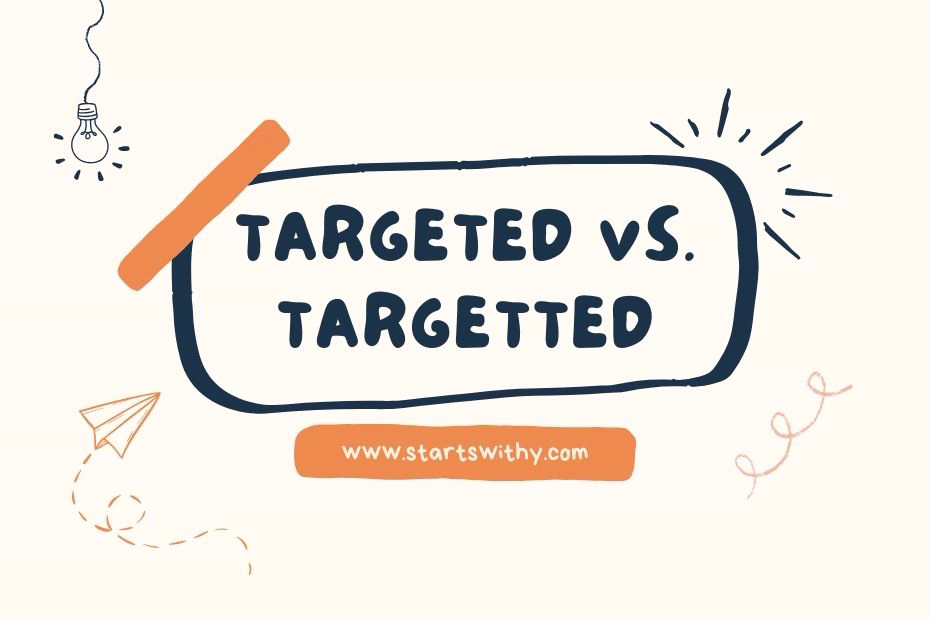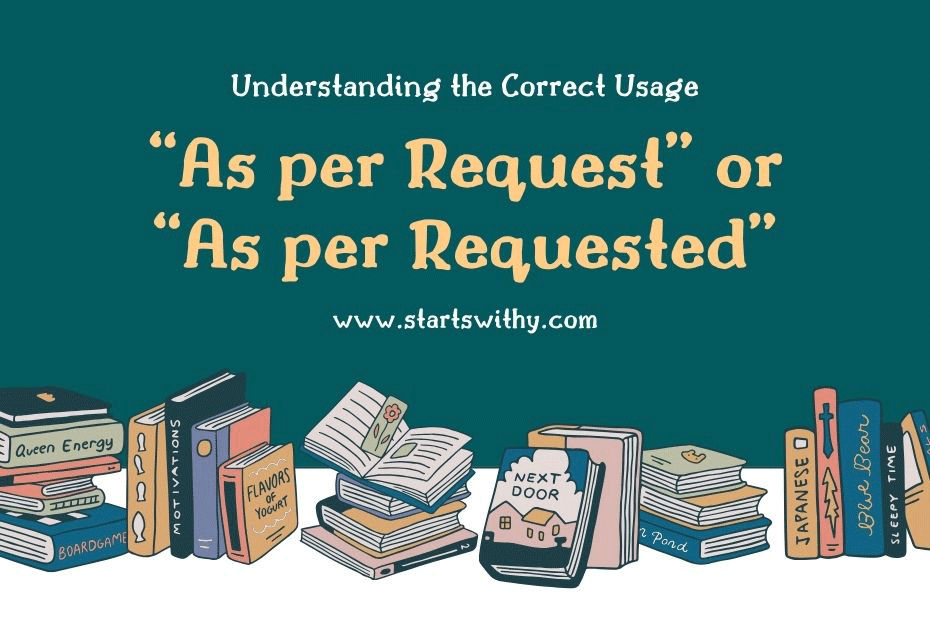As a seasoned writer, I’ve delved into the colorful world of language and its nuances. The age-old debate of “colorful” versus “colourful” often sparks curiosity and confusion. But fear not, for I’m here to shed light on this linguistic conundrum.
The distinction between “colorful” and “colourful” isn’t just a matter of personal preference; it’s deeply rooted in geographical and cultural differences. Whether you’re on the American side with “colorful” or the British camp with “colourful,” each spelling carries its own unique charm and significance.
The Difference Between “Colorful” and “Colourful”
When it comes to the color or colour debate, American English prefers using “colorful,” “colored,” and “coloring,” while British English opts for “colourful,” “coloured,” and “colouring.” The spelling variation revolves around geographical distinctions rather than one being inherently right or wrong. Both spellings are considered correct within their respective language variations, reflecting the rich linguistic diversity present in the English language.
I find it fascinating how a simple difference in spelling can be tied to vast cultural influences. In American English, the preference for dropping the “u” in “color” and its derivatives is deeply ingrained in the historical development of the language. Conversely, in British English, retaining the “u” maintains a connection to the language’s origins and traditions, keeping spellings closer to their Latin and French roots.
As a writer, navigating these nuances is essential to ensure the message resonates effectively with the intended audience. Understanding when to use “colorful” in an article targeting American readers versus “colourful” for a British audience can significantly impact the tone and reception of the text. Embracing these variations enriches the language and allows for a more tailored approach to communication.
In the end, whether you prefer “colorful” or “colourful” should be guided by your audience and the context in which the words are used. Both spellings have their unique charm and significance, adding layers of diversity to the English language that should be celebrated and embraced in all its colorful aspects.
Spelling in British English vs. American English
American English: “Colorful”
In American English, the preferred spelling is colorful. This spelling aligns with the trend in American English to simplify words by dropping unnecessary letters. The absence of the letter “u” in words like “color” is a notable feature distinguishing American English from its British counterpart. This streamlined spelling is ubiquitous in American dictionaries, publications, and daily usage.
British English: “Colourful”
Conversely, British English favors the spelling colourful. The British retention of the letter “u” in words like “colour” reflects a broader inclination towards preserving traditional English spelling conventions. This adherence to original orthography distinguishes British English as more conservative in its approach to language evolution. The distinction between “color” and “colour” symbolizes the rich tapestry of English linguistic history, emphasizing the inherent diversity of the language across different regions.
Usage and Examples
American English Examples
When we talk about American English, colorful is the preferred spelling. It’s seen in everyday language, formal documents, and publications. For instance, you might say, “The parade was so colorful with all the floats and decorations.” This spelling reflects a consistent trend in American English of simplifying words and omitting extra letters.
Conclusion
In American English, the spelling “colorful” is widely accepted and preferred in various contexts. This choice reflects the language’s tendency to simplify words by removing unnecessary letters. From everyday conversations to formal writings, “colorful” is the go-to term for describing vibrant and vivid visuals. So, next time you’re describing a lively scene or a vibrant display, remember that “colorful” is the correct spelling to use. Embrace the simplicity and clarity that American English offers, and confidently use “colorful” in your communication.
Frequently Asked Questions
How is “colorful” spelled in American English?
In American English, “colorful” is spelled without the “u” as compared to British English where it is spelled as “colourful.”
Why do Americans prefer the spelling “colorful”?
Americans tend to simplify words by removing unnecessary letters, aligning with the trend in American English to stick closely to the original Latin roots of words.
What’s the difference between “colored” and “colorful”?
“Colored” refers to something of a specific color, while “colorful” describes items that have multiple colors or are vibrant and expressive.
Is it correct to use “colorful” in formal documents?
Yes, “colorful” is the preferred spelling in various contexts in American English, including formal documents, publications, and everyday language usage.



